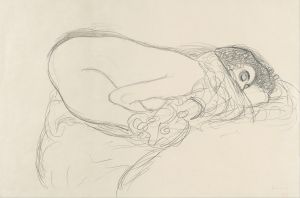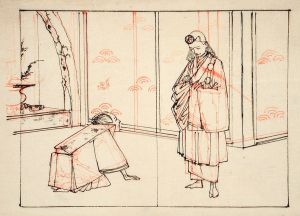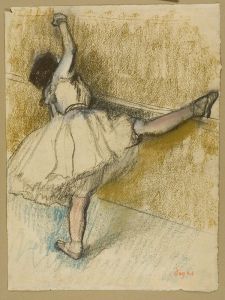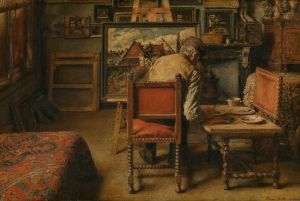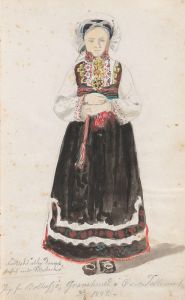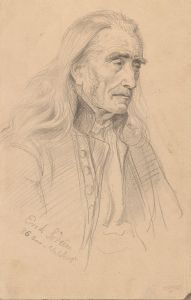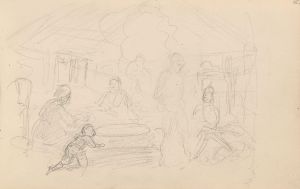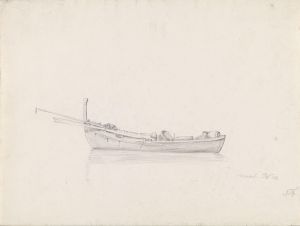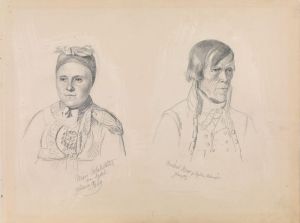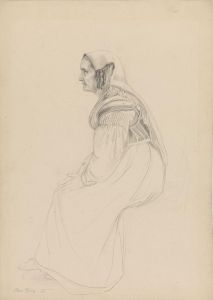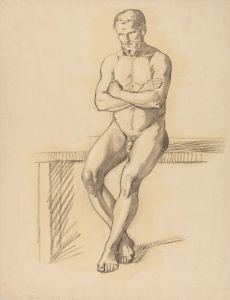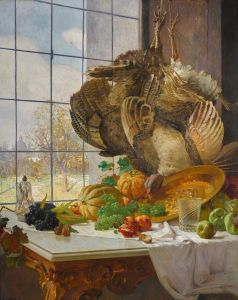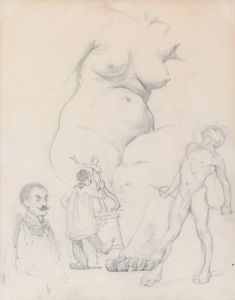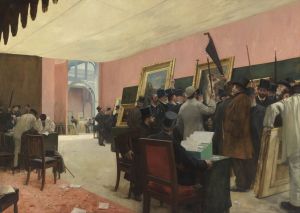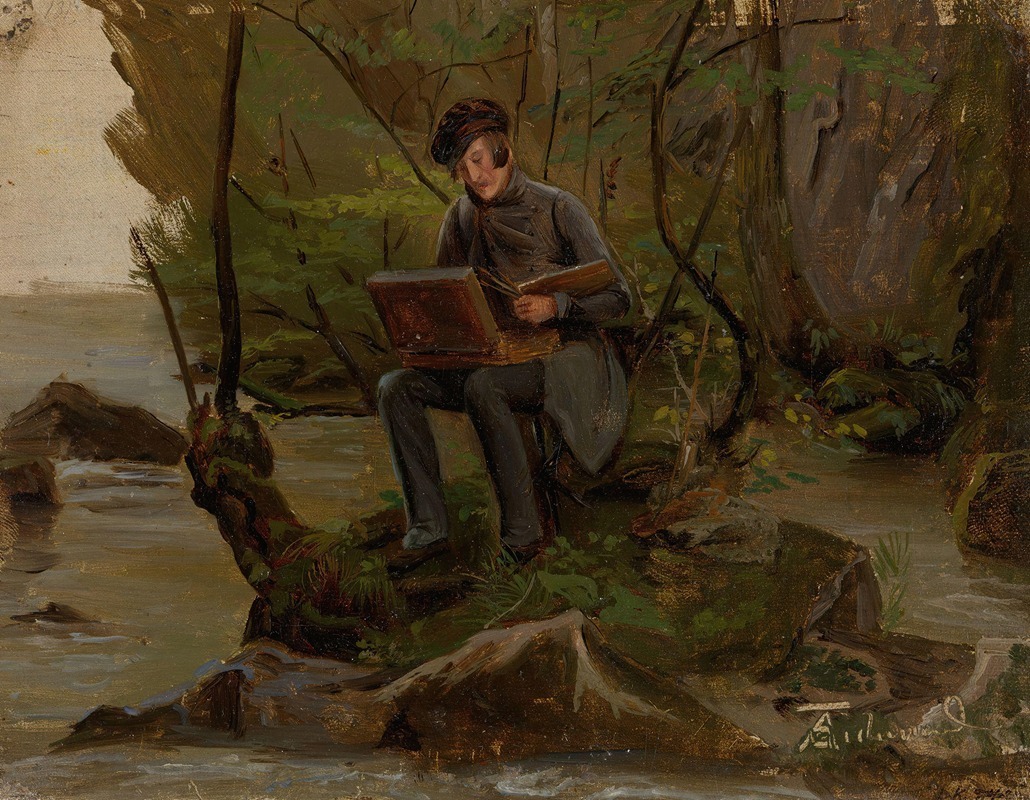
A Painter at his Paint Box
A hand-painted replica of Adolph Tidemand’s masterpiece A Painter at his Paint Box, meticulously crafted by professional artists to capture the true essence of the original. Each piece is created with museum-quality canvas and rare mineral pigments, carefully painted by experienced artists with delicate brushstrokes and rich, layered colors to perfectly recreate the texture of the original artwork. Unlike machine-printed reproductions, this hand-painted version brings the painting to life, infused with the artist’s emotions and skill in every stroke. Whether for personal collection or home decoration, it instantly elevates the artistic atmosphere of any space.
Adolph Tidemand was a prominent Norwegian painter in the 19th century, known for his detailed and realistic depictions of Norwegian folk life and culture. One of his notable works is "A Painter at his Paint Box," which reflects his skill in capturing the essence of his subjects with precision and depth.
Adolph Tidemand was born on August 14, 1814, in Mandal, Norway. He studied at the Academy of Art in Copenhagen from 1832 to 1837 and later continued his studies in Düsseldorf, Germany, which was a significant center for art education at the time. Tidemand became associated with the Düsseldorf school of painting, which emphasized detailed and realistic portrayals of everyday life and historical subjects.
"A Painter at his Paint Box" is a fine example of Tidemand's ability to portray intimate and personal scenes with a sense of authenticity and warmth. The painting features a painter, presumably a self-portrait or a depiction of an artist at work, seated at his paint box. The setting is likely an artist's studio, filled with the tools of the trade, including brushes, paints, and canvases. The composition is carefully arranged to draw the viewer's attention to the artist's focused expression and the meticulous organization of his materials.
Tidemand's work often highlighted the cultural and social aspects of Norwegian life, and "A Painter at his Paint Box" can be seen as a reflection of his dedication to his craft and his deep connection to his cultural roots. The painting not only showcases the technical skill of the artist but also provides insight into the life and environment of a 19th-century painter.
Throughout his career, Tidemand collaborated with other artists, most notably Hans Gude, with whom he created several famous works depicting Norwegian landscapes and rural life. Their joint efforts, such as "Bridal Procession on the Hardangerfjord," are celebrated for their harmonious blend of figure painting and landscape art.
Tidemand's influence extended beyond his paintings; he played a significant role in the development of Norwegian national identity through art. His works are considered vital in the context of Norwegian cultural history, as they documented and celebrated the traditions and everyday life of the Norwegian people during a period of national romanticism.
Adolph Tidemand passed away on August 25, 1876, in Christiania (now Oslo), Norway. His legacy endures through his contributions to Norwegian art and his ability to capture the spirit of his nation through his detailed and evocative paintings. "A Painter at his Paint Box" remains a testament to Tidemand's artistic vision and his commitment to portraying the world around him with authenticity and respect.





